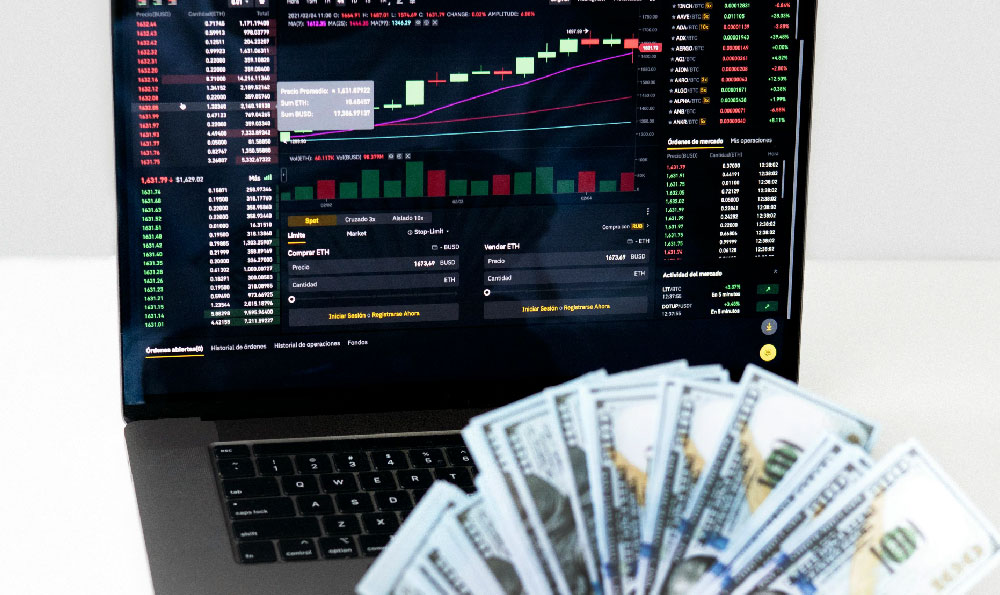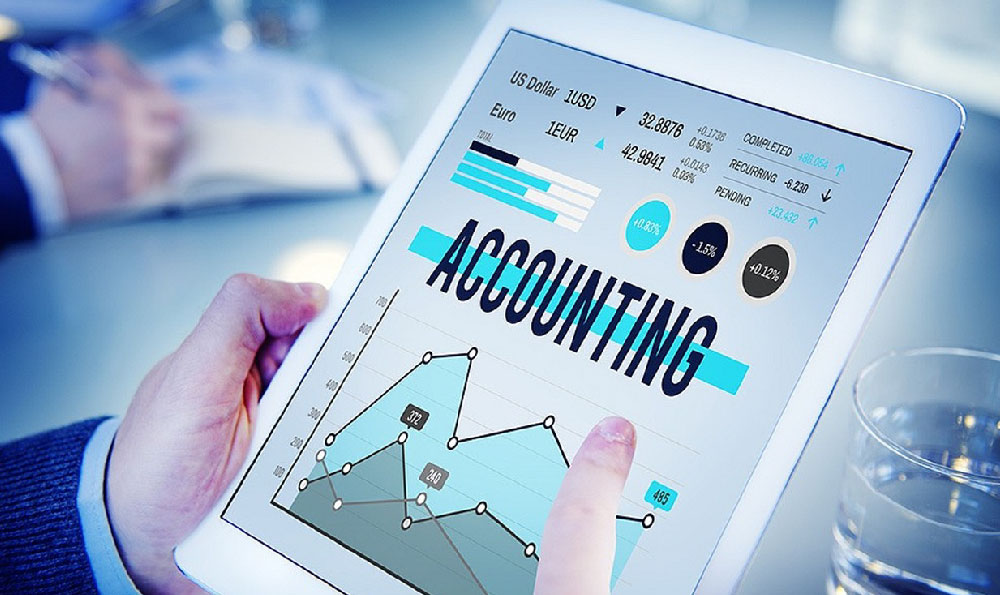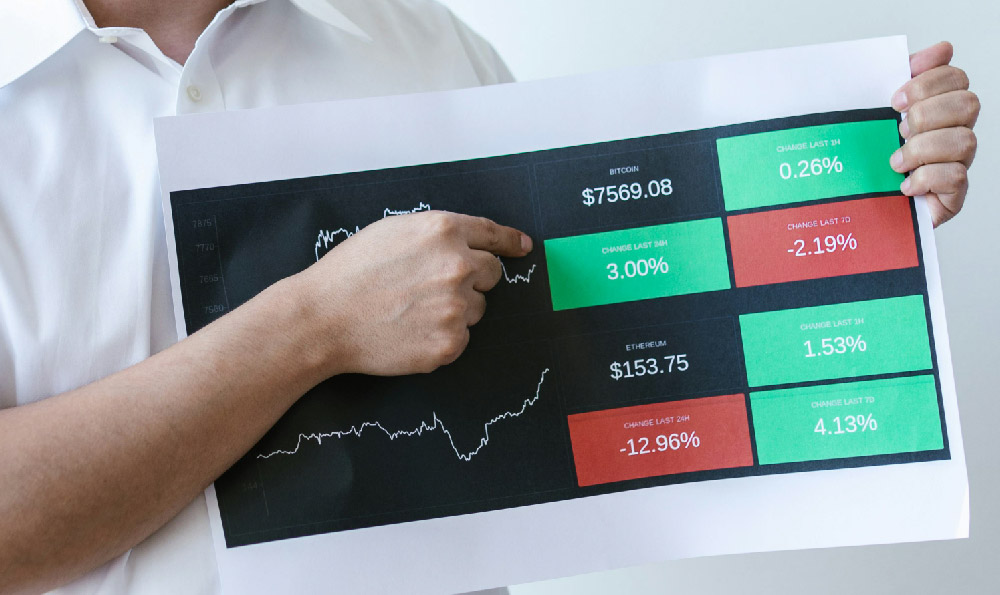Exchange Traded Funds, or ETFs, have become increasingly popular investment vehicles, offering diversification and ease of access to various market segments. However, deciding whether or not to invest in a specific ETF requires a careful evaluation of its underlying assets, investment strategy, associated costs, and the investor's own financial goals and risk tolerance. Diving into the specifics of any ETF, it’s essential to understand what the fund is actually holding. An ETF mirrors the performance of a specific index, sector, commodity, or even a particular investment strategy. For example, an S&P 500 ETF aims to replicate the returns of the S&P 500 index, providing broad exposure to the largest companies in the U.S. Understanding the underlying holdings allows you to assess the diversification offered by the ETF and whether it aligns with your investment objectives. If you believe in the long-term growth potential of the technology sector, a technology-focused ETF might be attractive. Conversely, if you anticipate a decline in a specific industry, avoiding sector-specific ETFs in that area might be prudent.
Next, scrutinize the ETF's investment strategy. Is it passively managed, simply tracking an index, or actively managed, with a portfolio manager making decisions to outperform the market? Passively managed ETFs typically have lower expense ratios, making them a cost-effective option for broad market exposure. They are suitable for investors who believe in the efficient market hypothesis and prefer to match market returns. Actively managed ETFs, on the other hand, come with higher fees but offer the potential for outperformance. The success of an actively managed ETF hinges on the skill of the portfolio manager and their ability to make sound investment decisions. Analyzing the ETF's historical performance relative to its benchmark and its peers can provide insights into the manager's track record. Remember, past performance is not necessarily indicative of future results. It is key to understand the benchmark it is measuring itself against and the criteria by which it is trying to outperform it.
Expense ratios are a critical factor to consider, as they directly impact your overall returns. The expense ratio represents the annual cost of operating the ETF, expressed as a percentage of the fund's assets. Even small differences in expense ratios can have a significant impact over the long term, especially in a low-return environment. For example, an ETF with an expense ratio of 0.10% will be more attractive than a similar ETF with an expense ratio of 0.50%, all other things being equal. Beyond the expense ratio, consider other potential costs, such as brokerage commissions for buying and selling the ETF. Some brokerages offer commission-free trading on select ETFs, which can further reduce your overall investment costs. Also, if the ETF has high turnover it can affect tax implications within the fund that trickle down to investors.

Assessing the liquidity and trading volume of the ETF is crucial, particularly if you plan to trade frequently or in large quantities. A highly liquid ETF with a high trading volume generally has a tighter bid-ask spread, which means you can buy and sell shares at prices closer to their fair value. Conversely, an illiquid ETF with a low trading volume may have a wider bid-ask spread, potentially increasing your transaction costs. Examine the ETF's average daily trading volume and the size of its bid-ask spread before investing. Also, consider the ETF's tracking error, which measures how closely the ETF's performance tracks its underlying index. A lower tracking error indicates that the ETF is effectively replicating the index's performance. Higher tracking errors can erode returns and diminish the benefits of index investing.
Before committing any capital, it's imperative to assess your own financial situation, investment goals, and risk tolerance. What are your investment objectives? Are you saving for retirement, a down payment on a house, or another specific goal? How much risk are you willing to take to achieve your goals? Different ETFs carry different levels of risk. For example, ETFs that invest in emerging markets or small-cap stocks tend to be more volatile than ETFs that invest in large-cap stocks or government bonds. Your investment horizon is also a key consideration. If you have a long-term investment horizon, you may be able to tolerate more risk and invest in ETFs with higher growth potential. If you have a short-term investment horizon, you may prefer to invest in more conservative ETFs with lower volatility.
Consider also the tax implications of investing in ETFs. ETFs are generally more tax-efficient than mutual funds, but they are not entirely tax-free. Capital gains distributions from ETFs can be taxable, depending on your individual tax situation. Consult with a tax advisor to understand the potential tax consequences of investing in specific ETFs. This is especially true of actively managed ETFs which tend to trade more frequently and therefore can incur higher tax burdens for the investor. Furthermore, understand if you are investing in a tax-advantaged account like a Roth IRA or 401k, or if you are investing in a taxable brokerage account. That distinction can drastically alter the investment decisions you make.
Diversification is a key benefit of investing in ETFs, but it's important to ensure that your overall portfolio is adequately diversified. Avoid over-allocating to a single ETF or sector, as this can increase your portfolio's risk. Consider diversifying across different asset classes, such as stocks, bonds, and real estate, to create a well-rounded portfolio that can withstand market fluctuations. ETFs can be a valuable tool for achieving diversification, but they should be used strategically as part of a broader investment plan.
In conclusion, deciding whether or not to invest in a specific ETF is a multi-faceted decision that requires careful consideration of its underlying assets, investment strategy, costs, liquidity, and your own financial circumstances. Don't just chase hot trends or rely on recommendations without doing your own research. By taking the time to understand the intricacies of each ETF and aligning your investment decisions with your financial goals and risk tolerance, you can make informed choices that contribute to your long-term financial success. Investing in ETFs is not a one-size-fits-all approach. It requires a thoughtful and personalized strategy tailored to your unique circumstances.












